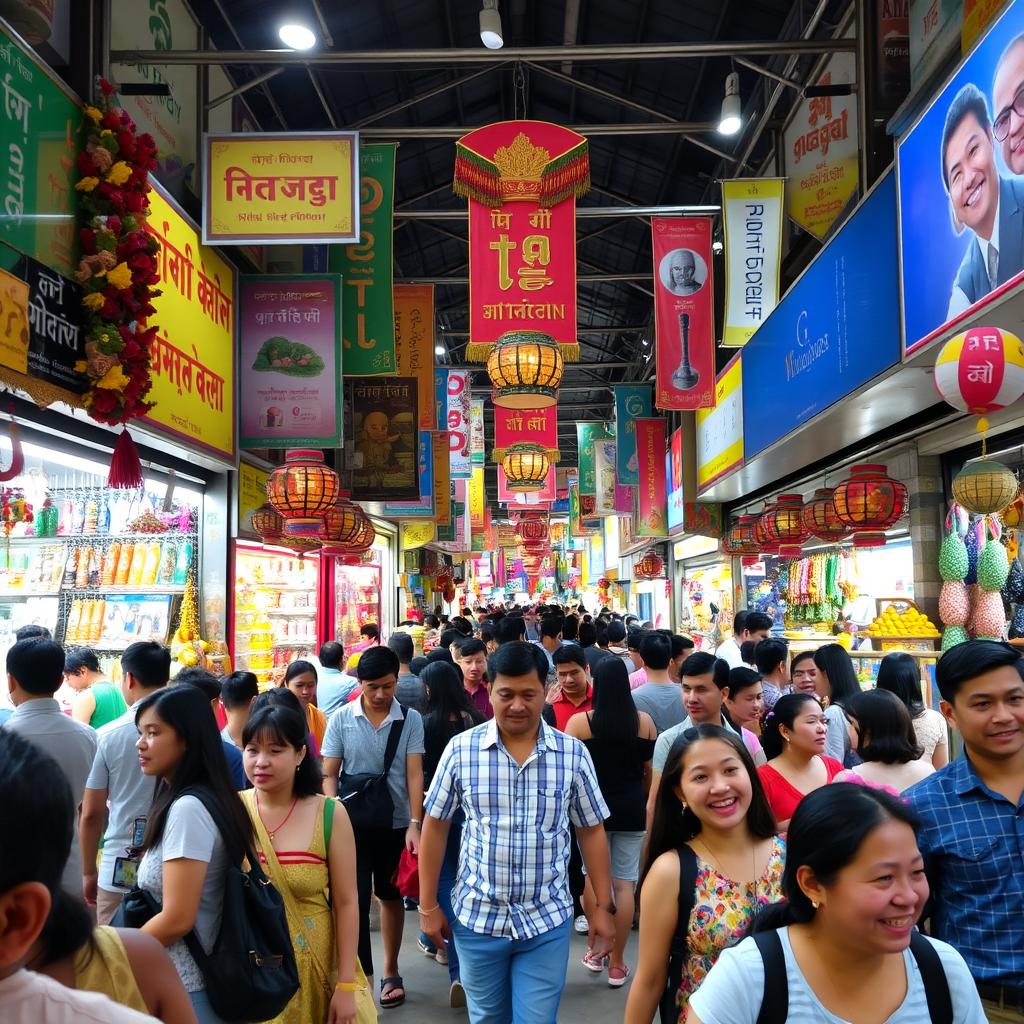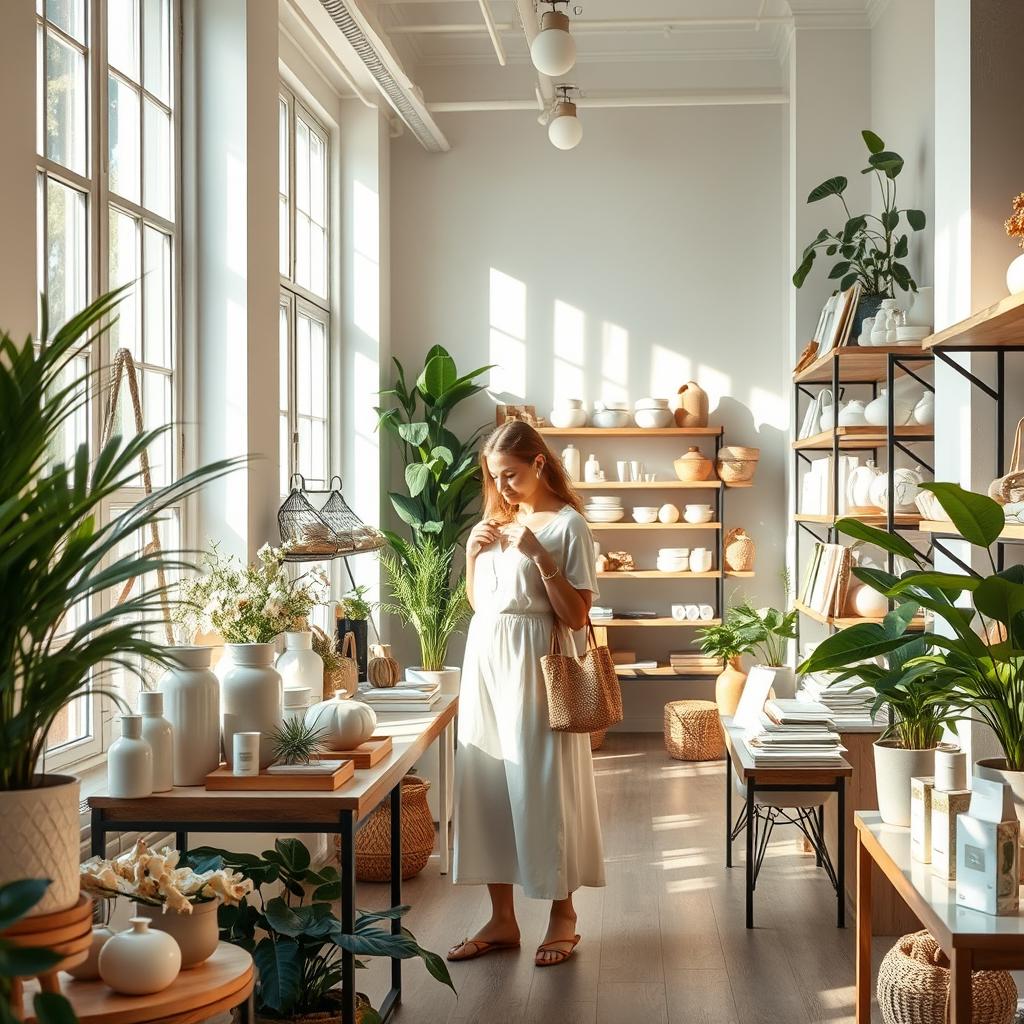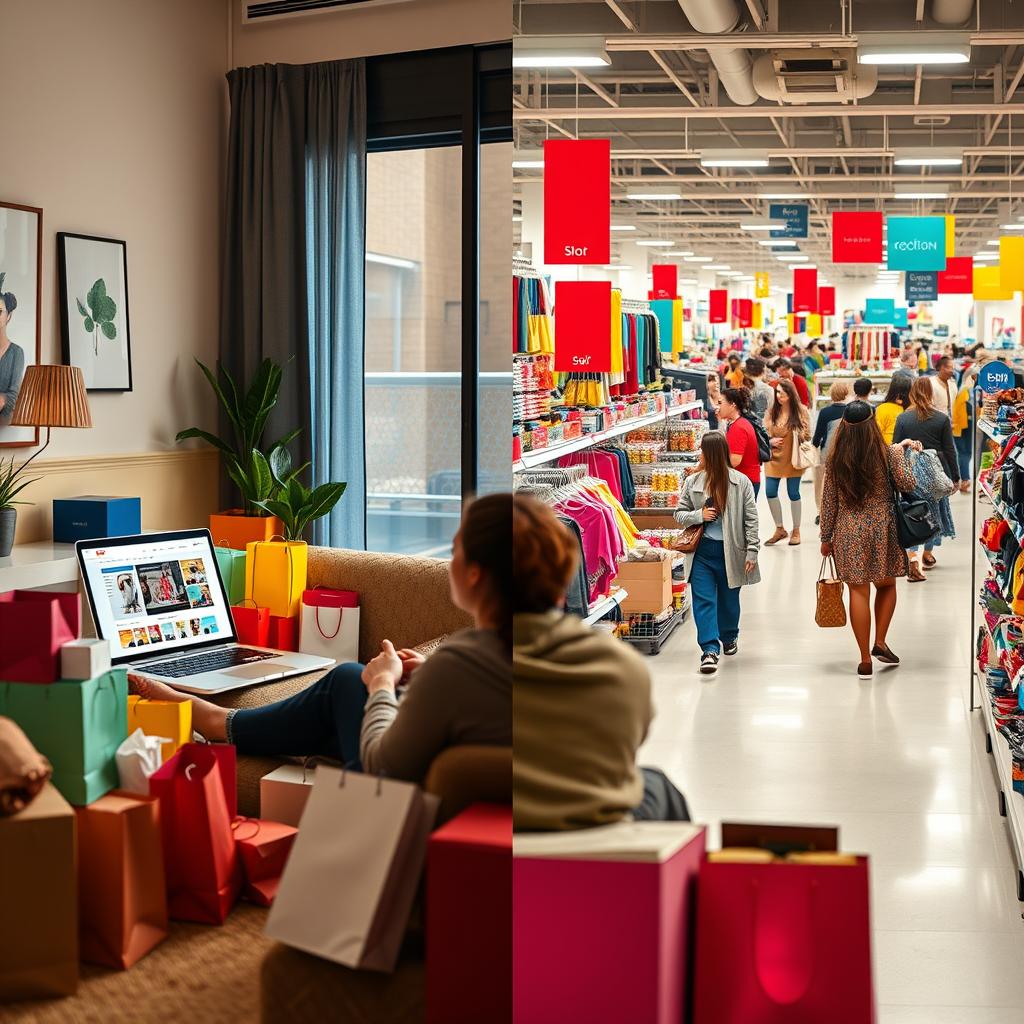Ever wondered why a new sweater or shoes can make you feel better? Retail therapy isn’t just about spending. It’s a way to find emotional relief when life gets tough.
Shopping is more than just buying things. It’s a journey of self-discovery and healing. The joy of retail therapy goes beyond the bag. It touches our emotional well-being.
Your shopping can be a form of self-care. Whether in a local shop or online, it’s a way to find joy and express yourself. It reconnects you with your creative side.
Every shopping moment is a part of your story. It’s about finding items that match your mood, giving you comfort and control. Remember, retail therapy is about making choices that improve your well-being, not just spending.
Understanding Retail Therapy: What It Is and How It Works
Shopping is more than just buying things. It’s a powerful emotional experience that can change your mood and mental state. The psychological effects of retail therapy are deep. When you’re stressed or overwhelmed, shopping acts as emotional self-care.
Your brain gets a chemical boost when you shop. Choosing something special releases dopamine, making you feel excited and happy. This explains how retail therapy helps your mental health by giving you a break from daily stress.
- Shopping feels like a personal treasure hunt
- Provides a sense of control during uncertain times
- Creates momentary happiness and distraction
Think of shopping as an emotional adventure. Each purchase is a small victory – a way to express yourself and lift your mood. The journey is about more than just buying things. It’s about finding joy, exploring desires, and creating happiness.
| Emotional Benefit | Shopping Experience |
|---|---|
| Stress Relief | Browsing and exploring new items |
| Personal Expression | Selecting items that reflect your personality |
| Temporary Escape | Shifting focus from daily challenges |
Healthy retail therapy is about mindful experiences. It’s not about overspending or using shopping as a permanent fix. It’s a gentle, temporary way to brighten your mood and connect with yourself.
The Cultural Significance of Shopping

Shopping has grown from a basic need to a deep cultural experience. Unraveling retail therapy shows how much we connect with buying things. What started as getting what we need has turned into a journey of social and emotional growth.
Today, shopping is more than just buying. It’s a cultural ritual that brings people together. It creates memories and gives us emotional joy. When friends go shopping together, they’re not just buying stuff. They’re sharing moments, bonding, and making connections.
- Shopping reflects personal identity and self-expression
- Retail therapy techniques have become a global phenomenon
- Different cultures interpret shopping uniquely
Across the globe, shopping means different things. In some places, it’s a way to strengthen community bonds. In others, it shows personal success and status. These ways of using retail therapy vary, but the emotional bond is the same everywhere.
Your shopping journey is more than just getting things. It’s about understanding yourself, exploring your desires, and finding happiness in the act of choosing and discovering.
Signs You Might Need Retail Therapy
Shopping can be more than just buying things. It can be a way to deal with feelings and find comfort. Knowing the difference between retail therapy and impulse buying is key to controlling your spending.
Emotional shopping often happens when life gets tough. You might find yourself wanting to shop when:
- Stress feels too much
- Loneliness hits
- Boredom takes over
- Anxiety starts to build
Retail therapy vs. impulse buying is more than just words. The main difference is the reason behind it. Retail therapy is about trying to feel better, while impulse buying is without thinking.
Signs you’re using shopping as a way to cope include:
- Feeling excited when buying
- Feeling better after shopping
- Using things to fill an emotional gap
Managing retail therapy addiction starts with knowing yourself. Ask if you’re shopping to solve emotional issues. Do your buys really make you happy, or just distract you?
Knowing what makes you shop can help you find better ways to cope. Try things like exercise, meditation, or talking to friends instead.
The Positive Aspects of Retail Therapy
Shopping is more than just buying things. It can change how you feel in amazing ways. When you shop with care, it helps you learn about yourself and manage your feelings.
Shopping can do more than just fill your closet or home. Finding the right outfit or decor can make you feel more confident. Imagine wearing that perfect jacket that makes you feel unstoppable or finding decor that makes your home feel new.
- Boosts mood and emotional well-being
- Provides a sense of personal control
- Offers momentary escape from stress
- Increases self-expression through personal style
Retail therapy is a kind way to take care of yourself. Making thoughtful choices about what you buy can be very healing. Your choices show who you are, linking your feelings to the world around you.
It’s not about spending without thinking. It’s about knowing what you need and using shopping to grow and find balance.
Finding Joy in Shopping: Tips and Tricks
Turning shopping from stressful to joyful is possible. It’s all about using the right techniques. Shopping can be a fun journey of self-discovery if you do it mindfully.
Let’s look at some ways to make shopping more fun and meaningful. Mindful shopping starts with knowing why you shop and setting limits.
- Create a shopping vision board to clarify your style and needs
- Develop a personalized budget that feels exciting, not restrictive
- Practice the 24-hour rule before making impulse purchases
- Curate a thoughtful shopping list that reflects your personal goals
Your shopping should be a form of self-care, not a financial worry. By using these techniques, you’ll turn shopping into a positive, empowering experience.
| Shopping Approach | Emotional Impact |
|---|---|
| Impulsive Buying | Temporary Excitement, Later Guilt |
| Mindful Shopping | Genuine Satisfaction, Personal Growth |
Remember, mindful shopping is about finding joy, not just buying stuff. When you shop with purpose, you’ll find a more rewarding way to treat yourself and show your unique style.
Mindful Shopping: A Healthier Approach

Retail therapy can be a strong emotional tool. But, mindful shopping makes it a meaningful experience. When you shop with purpose, you build a healthier relationship with spending. This supports your mental health.
Mindful shopping for retail therapy isn’t about saying no to fun. It’s about knowing why you buy things. Are you shopping to fill a void or to meet a real need?
- Pause before buying and ask: “Do I really want this?”
- Wait 24 hours for non-essential buys
- Track how shopping affects your mental health
The main thing is to be aware of your shopping habits. Don’t grab things on impulse to feel better. Try meditation, journaling, or talking to a friend instead. They can help without costing money.
| Mindful Shopping Strategy | Emotional Benefit |
|---|---|
| Create a 30-day wish list | Reduces impulse buying |
| Practice intentional browsing | Increases shopping satisfaction |
| Set clear spending limits | Reduces financial worry |
Remember, mindful shopping takes time to get good at. Be kind to yourself as you learn to balance your emotional needs with your wallet.
Sustainable Retail Therapy: Eco-Friendly Choices
Retail therapy can be fun and good for the planet. It turns shopping into a journey that helps the environment and lifts your mood. Sustainable shopping offers a new way to enjoy buying things.
Thrift shopping is a big change in retail therapy. It lets you find special items in second-hand stores and vintage shops. Each item has its own story, making shopping more fun and meaningful.
- Explore local vintage shops
- Support ethical clothing brands
- Choose quality over quantity
- Invest in timeless pieces
Choosing eco-friendly options in retail therapy has big benefits. It makes you feel happy about what you buy and helps the planet. Local and ethical brands are great for practicing responsible shopping.
| Eco-Friendly Shopping Approach | Benefits of Retail Therapy |
|---|---|
| Thrift Store Shopping | Unique finds, reduced waste |
| Ethical Brand Support | Positive social impact |
| Sustainable Materials | Lower environmental footprint |
Your shopping choices can be a powerful tool for personal expression and environmental stewardship. By choosing sustainable retail therapy, you make shopping enjoyable and beneficial for the planet.
The Role of Retail Therapy in Self-Care

Self-care means different things to different people. For some, shopping is a key part of taking care of their mental health. It’s not just about buying things; it’s about finding joy and connecting with yourself.
Done right, shopping can really help your mental health. It’s not about spending without thinking. It’s about finding experiences that make you feel better. Think of it as a way to explore your feelings and learn more about yourself.
- Choose shopping experiences that genuinely make you feel good
- Select items that reflect your personal growth and aspirations
- Create meaningful connections with your purchases
When you see shopping as a self-care ritual, it changes. It’s about the experience, not just the acquisition. Here are some ways to make shopping a caring practice:
- Plan a dedicated shopping day for yourself
- Set a comfortable budget
- Focus on items that spark genuine happiness
| Self-Care Shopping Approach | Emotional Benefit |
|---|---|
| Mindful Selection | Increases Self-Awareness |
| Intentional Spending | Reduces Emotional Stress |
| Personal Reward | Boosts Mental Resilience |
Remember, retail therapy is just one part of self-care. It’s a tool to help you on your mental wellness journey, but it’s not everything.
The Influence of Advertising and Marketing
Advertising can make retail therapy a complex emotional experience. When you’re in a mall or online, marketers work hard to reach you. They aim to spark your deepest desires and make you want to buy on impulse.
Marketing tricks make you think you really need something. Brands tell stories that make you believe their products will solve your problems or fill your emotional gaps.
- Emotional storytelling in advertisements
- Targeted social media marketing
- Limited-time offers that create urgency
- Personalized product recommendations
To manage retail therapy addiction, it’s key to know what triggers it. Recognize when marketing is playing with your emotions instead of solving a real need. Before you buy, ask yourself:
- Do I really want this item?
- Will it solve a real problem?
- Is it to fill an emotional void?
- Can I afford it without financial stress?
Being aware of advertising can lead to smarter shopping. Knowing the difference between retail therapy and impulse buying helps you control your spending and emotional health.
Shopping Online vs. In-Store

Retail therapy can be different depending on where you shop. Shopping online or in stores can change your experience a lot. Both ways offer unique ways to find joy and comfort through buying.
Online shopping is super convenient. You can look at lots of products from home. It’s a safe and comfy way to shop without feeling rushed or judged.
- Create a cozy shopping space at home
- Set specific online shopping hours
- Use wishlist features for mindful selection
- Minimize impulse purchases
Shopping in stores is a different experience. You can touch fabrics and try on clothes. It’s a way to feel things and get instant satisfaction from buying.
| Online Shopping | In-Store Shopping |
|---|---|
| Convenience | Sensory Experience |
| Comfort of home | Instant gratification |
| Unlimited selection | Personal interaction |
Your favorite way to shop depends on what you like. Some like scrolling online, while others love the excitement of stores. It’s about finding what makes you happy.
See shopping as a way to take care of yourself. Be careful with your feelings, set budgets, and choose things that make you happy.
Retail Therapy for Different Life Stages
Your shopping journey changes as you grow through life stages. It shows your personal growth and changing needs. Retail therapy is a special friend, helping you through life’s changes with style and emotional support.
In your early twenties, shopping is about finding yourself and expressing your identity. You might look for items that make you feel confident and independent.
- College graduation wardrobe refresh
- First professional clothing investments
- Accessories that boost self-esteem
When you reach mid-life, your shopping shifts to more meaningful purchases. You buy things that celebrate your achievements and mark important moments.
| Life Stage | Shopping Focus | Emotional Motivation |
|---|---|---|
| 20s | Trendy, Experimental | Self-Discovery |
| 30s-40s | Functional, Quality | Professional Growth |
| 50s-60s | Comfortable, Refined | Personal Satisfaction |
Retirement is a time to enjoy retail therapy that shows your wisdom and style. Your purchases are about true self-expression, not just following trends.
At any stage of life, retail therapy can be good for your emotional health if done thoughtfully. Each time you shop, you’re telling a part of your story.
Conclusion: Finding Balance in Retail Therapy
Unraveling retail therapy isn’t about cutting out shopping. It’s about knowing its emotional side. Shopping can be a way to express yourself and find joy, but only if done mindfully.
Knowing when shopping is good for you and when it’s not is key. Start by being aware of why you shop. Is it to fill a void or to celebrate yourself? This helps you choose better and grow financially.
Shopping can be good if done right. Try waiting before buying, set budgets, and find other ways to feel good. Your shopping should make you feel happy, not stressed or broke.
Shopping is a journey of self-discovery. By shopping with curiosity and kindness towards yourself, you turn it into a positive experience. Learn from your shopping habits and find a deeper connection with what you buy.